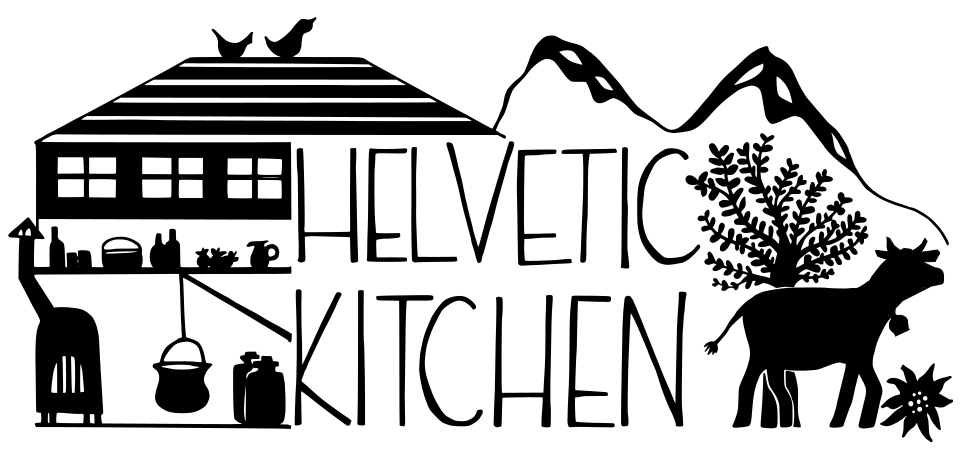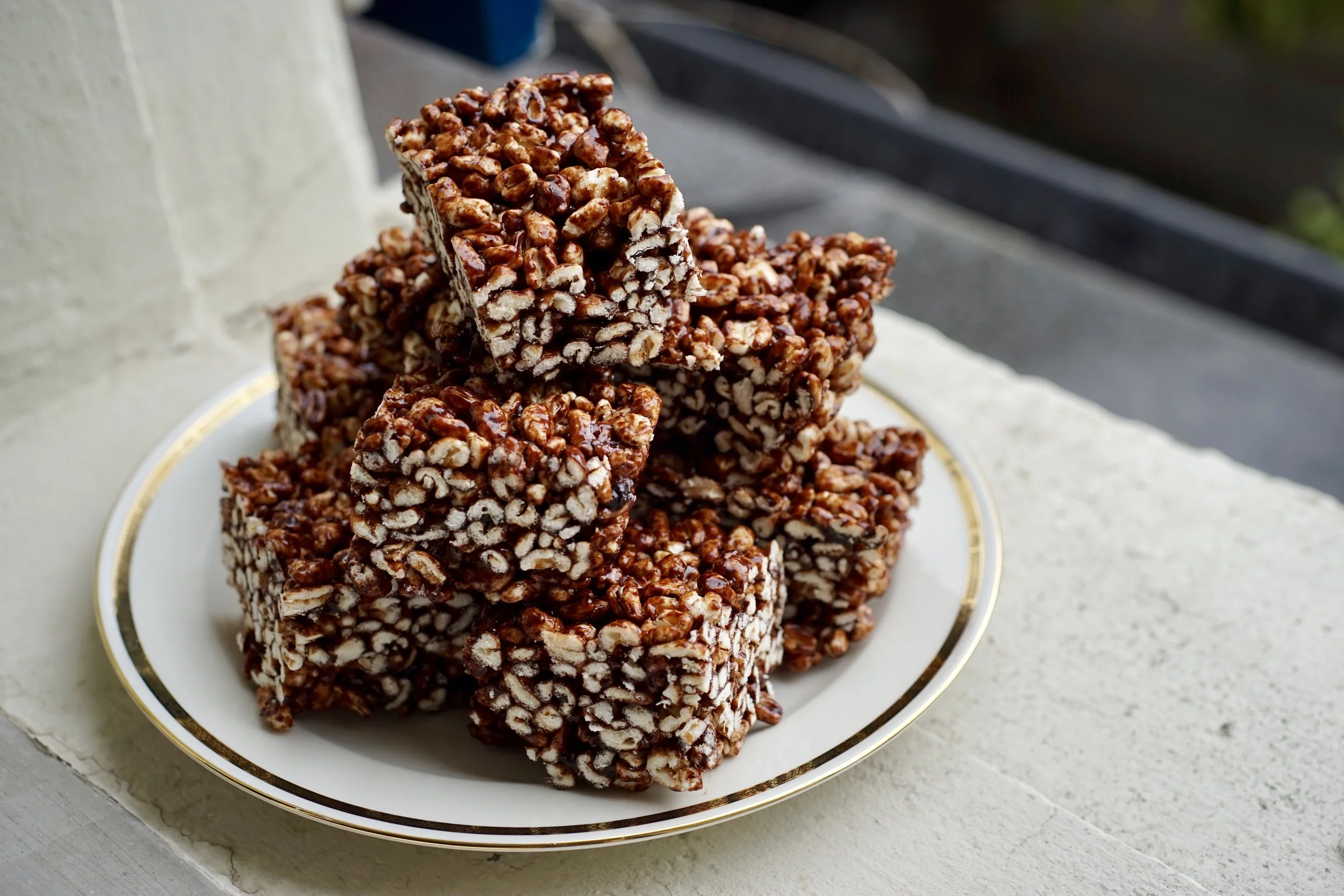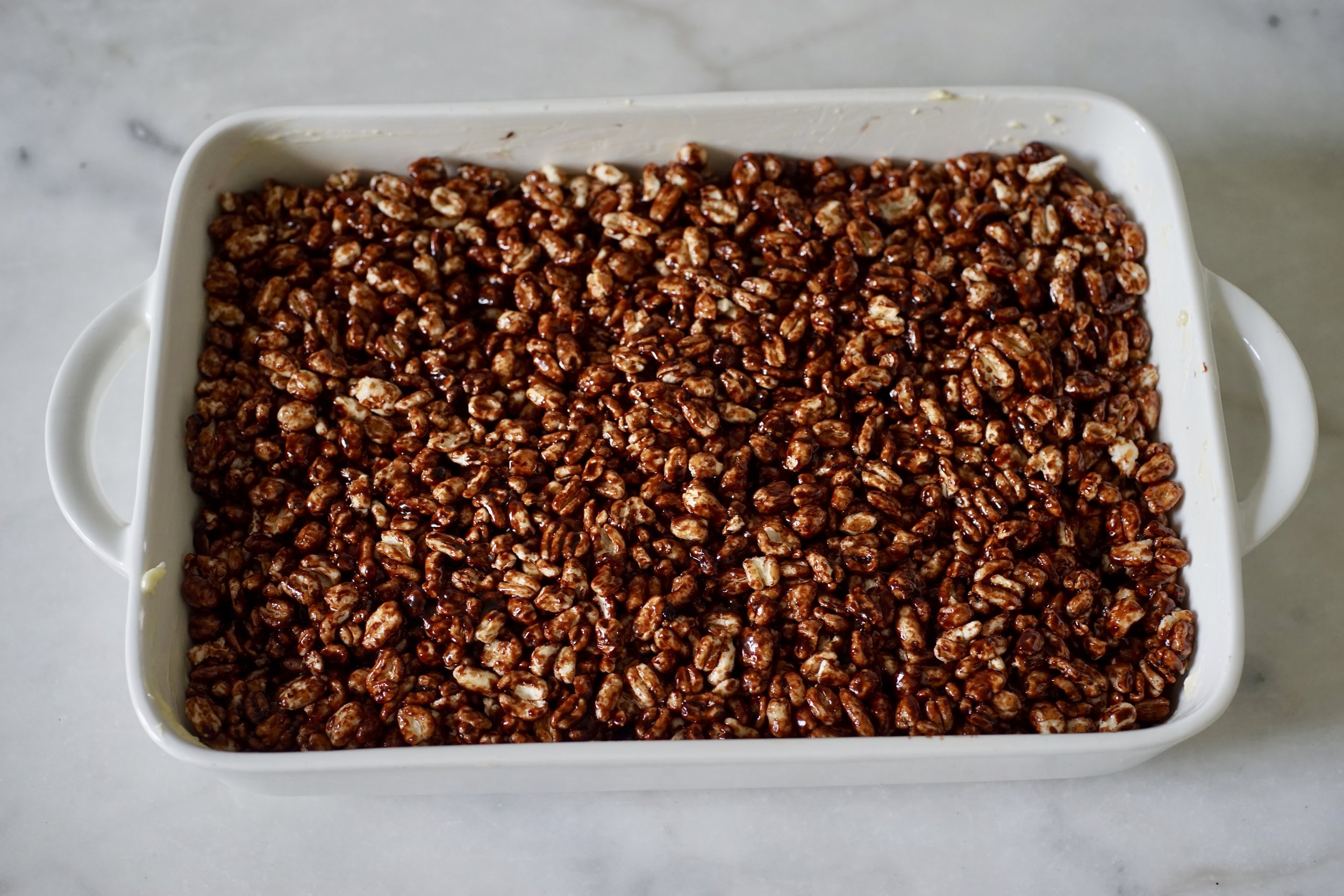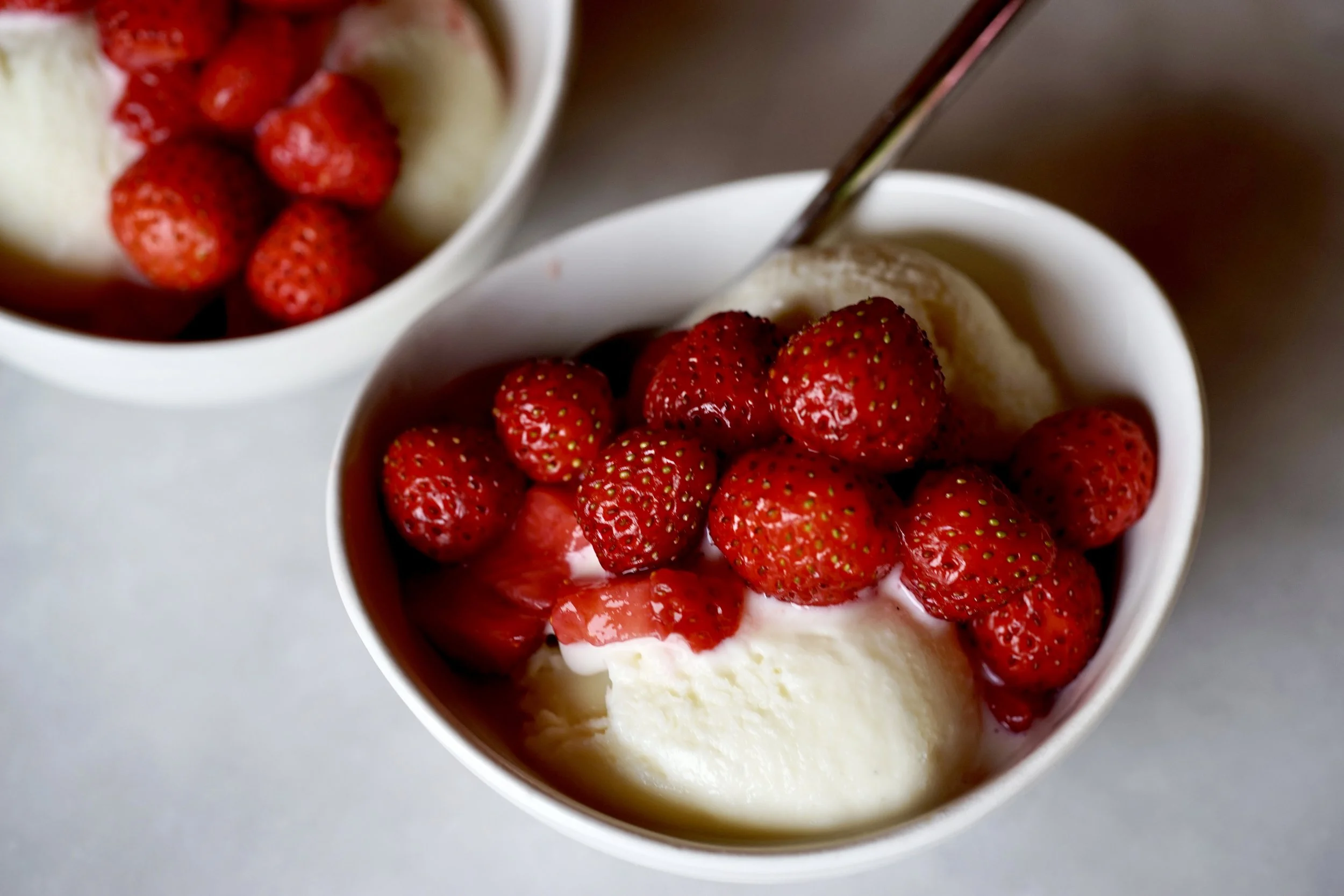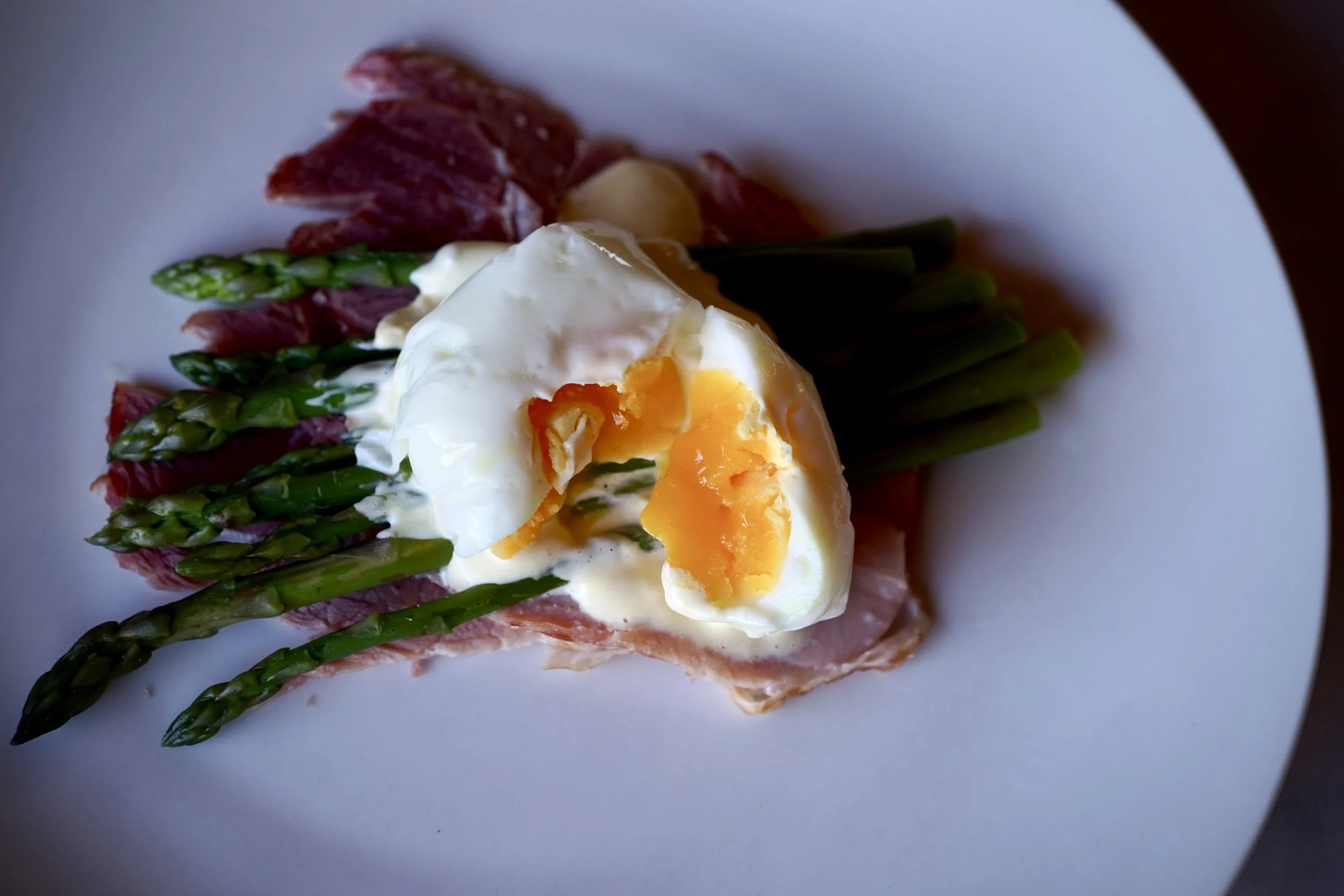Dinkel Pop Bars
V. Spelt
The best grain is spelt. It is hot, rich and powerful. It is milder than other grains. Eating it rectifies the flesh and provides proper blood. It also creates a happy mind and puts joy in the human disposition. In whatever way it is eaten, whether in bread or in other foods, it is good and easy to digest.
So said Hildegard von Bingen, the visionary twelfth century abbess, who wrote about spelt in the Physica, a nine part work describing the properties of various plants and animals.
In German, spelt is called Dinkel (it's epeautre in French and spelta in Italian) and this ancient grain has been cultivated in Europe since the Late Stone Age.
But after centuries of dominance, spelt production gave way to its heartier cousin, wheat, which required less care and yielded more grain.
Dinkel in Switzerland
Like much of Europe, spelt production decreased in Switzerland throughout the 20th century, and it was only in 1995 that concerned farmers and millers banded together to preserve this unique grain.
They formed UrDinkel and established criteria for pure spelt produced in Switzerland.
What makes UrDinkel?
- The spelt must be a pure strain and not crossed with wheat.
- It must come from a region that traditionally produced the grain.
- It must be organically farmed.
- The finished product must contain pretty much no trace of any other grain.
It's actually not possible to fertilize the soil used to grow spelt, otherwise the stalks grow too quickly, buckle, and break in half. That means that the yield is lower, which was one reason the spelt was crossed with wheat in the first place.
Today this protected UrDinkel is grown throughout the country, even in two fields across the street from our house in Trubschachen.
Dinkelpops
Dinkelpops are the puffed and sometimes sweetened version of spelt that can be enjoyed on their own as breakfast cereal (think Smacks/Sugar Crisp, which I just learned had the most sugar of all the sugary cereals—as much as a glazed donut) or transformed into these chewy bars.
I was recently reminded of the puffed wheat squares of my childhood, and basically decided to recreate them with puffed spelt instead.
You just need a syrupy base with some cocoa powder thrown in, then you mix in the puffs, spread into a dish, and let sit for a little while. No baking, no fuss.
Though not as chewy, or ubiquitous, as their Rice Krispie cousins, these bars are seriously simple and delicious to boot.
Now if only I could find a way to Swissify those childhood peanut butter marshmallow bars...
60 g butter
120 g birnenhonig or golden syrup
30 g cocoa powder
1 tsp salt
1 tsp vanilla
300 g puffed spelt (Dinkelpops)
Lightly grease a large casserole dish.
In a medium pot over medium heat, melt together the butter, birnenhonig or golden syrup, cocoa powder, salt, and vanilla. Once it all comes together, take it off the heat.
In a large bowl, measure out the spelt. Add the butter mixture and stir until it is all coated.
Spread into your greased dish and let sit for a couple of hours before cutting.
- This recipe uses puffed spelt that is sweetened. If you have unsweetened puffs, then add 3-4 tbsp (brown) sugar to the butter mixture.
- You can use any dish you like to form the bars—cake pans also work well.

